Blog
-
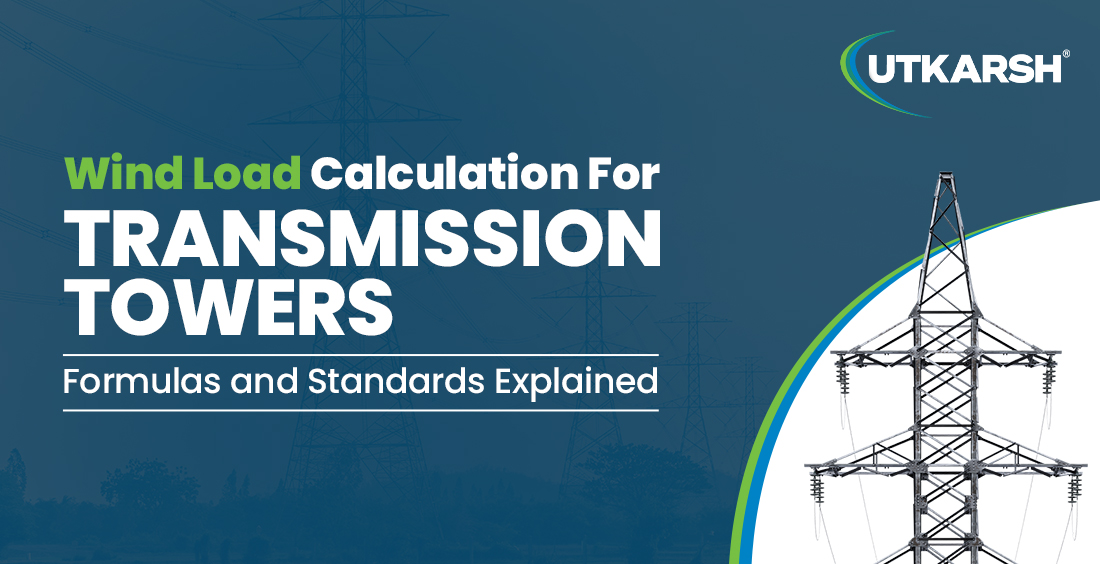
Wind Load Calculation for Transmission Towers (Formulas and Standards Explained)
Get clarity on wind load calculation as per IS code for transmission towers, including key formulas, factors, and relevant standards....
Read More -
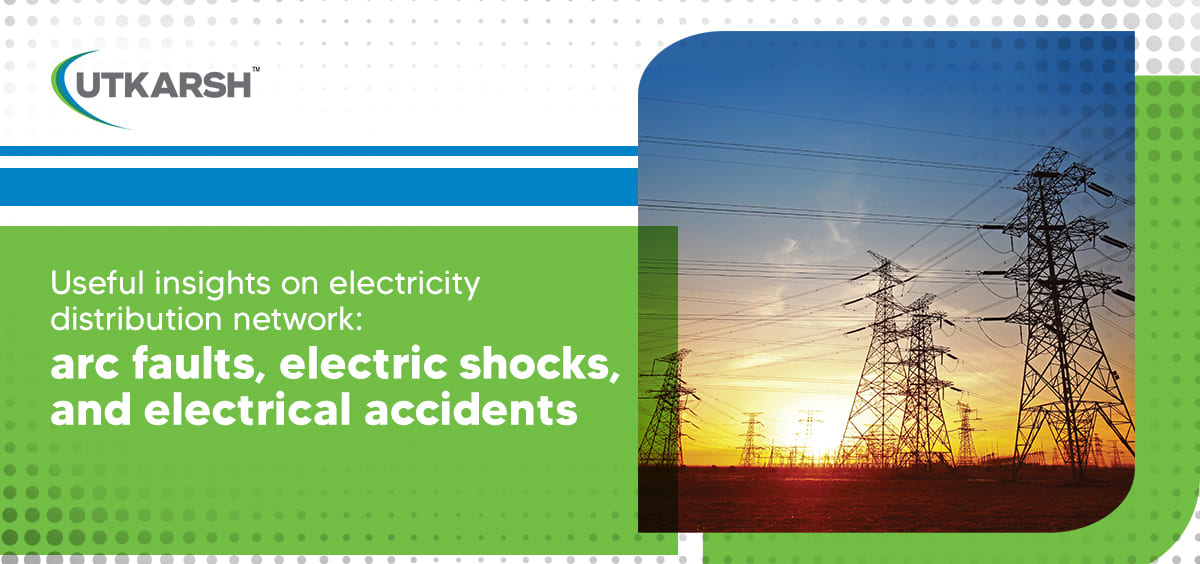
Useful Insights on Electricity Distribution Network: Arc Faults, Electric Shocks and Electrical Accidents
As a reputed power substation structures supplier, Utkarsh India shares useful insights on arc faults, electric shocks, and electrical accidents....
Read More -
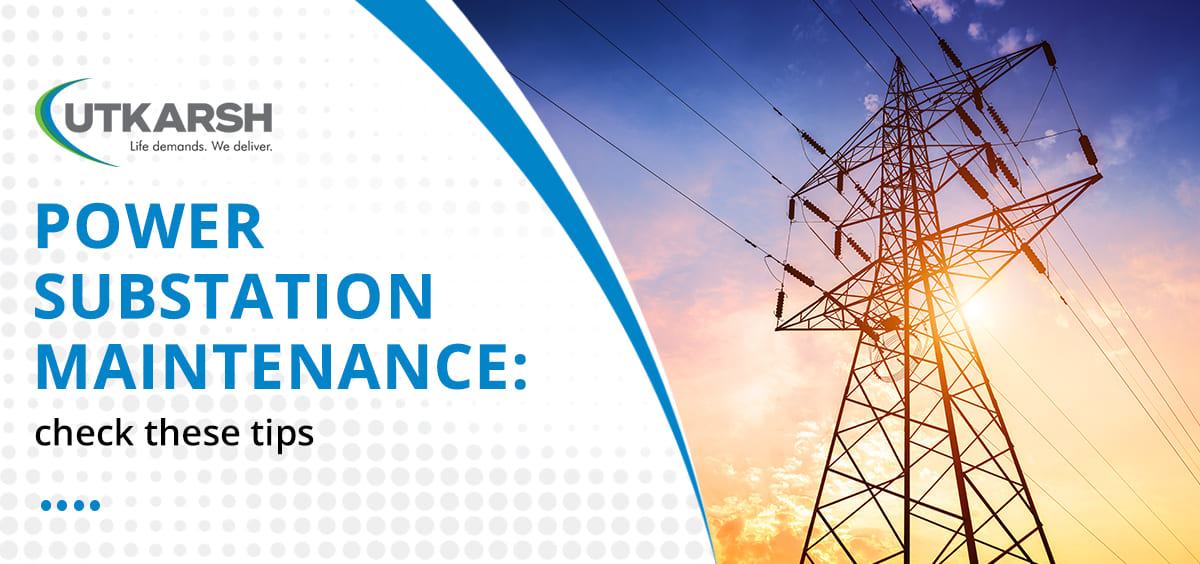
Power Substation Maintenance: Check These Tips
Want to know about power substation maintenance tips? Utkarsh India a reputed power substation supplier in India shares some useful tips on power substation maintenance....
Read More -
History of electric power distribution: Interesting facts
Utkarsh India, leading power distribution system manufacturer, shares some interesting historical facts about electric power distribution...
Read More -
Tips for substation safety: useful insights by a manufacturer of power distribution structures
â— Ensure the room is well-ventilated and equipped with a ventilation system that exhausts to the outside.â— Regularly inspect batteries for damage, leaks or other irregularities.
â— Make sure only authorized personnel have access to the storage room.
â— Post signs prohibiting smoking, open flames or electrical sparks in the area.
â— Use proper personal protective equipment when working with batteries, including gloves, safety goggles and a face shield.
Looking for reputed electricity distribution network structures?
We, at Utkarsh India, offer single circuit, double circuit, multi circuit towers. These high quality electricity distribution network structures are important for an effective power distribution system. For more information about our electrical distribution network structures, feel free to contact us.
... -->As a manufacturer of transmission and distribution of electrical power structures in India, Utkarsh India shares some tips for substation safety measure....
Read More -
Interesting Facts on the Largest Power Outages in History
Do you know thelargest power outages history? Utkarsh India issharing some useful facts on it....
Read More -
Useful insights on wireless telecommunications by a telecom tower manufacturer
...
Read More -
Telecom tower safety and maintenance tips by a leading supplier of engineering products
...
Read More -
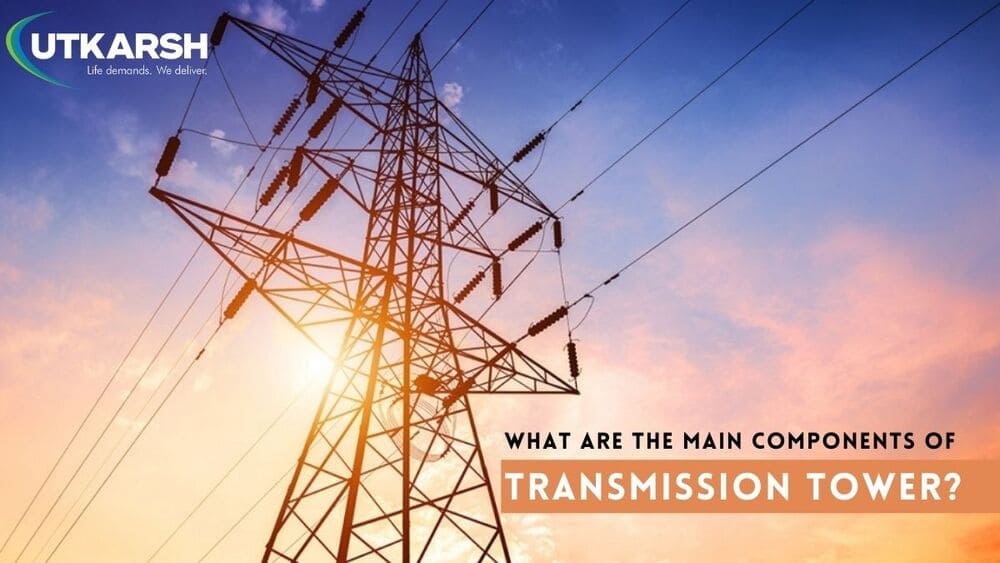
What Are The Main Components Of Transmission Tower?
The transmission tower, in addition to the supply of power to cities, connects power plants to the substation. Read the full blog to learn more about the components of the transmission tower ....
Read More -

What Are Transmission Towers Used For?
Utkarsh India has more than a decade of proven experience of supplying Transmission Towers from 66 kV to 800 kV Towers. Transmission towers are structures built to support overhead power lines, ground cables and electrical conductors....
Read More -
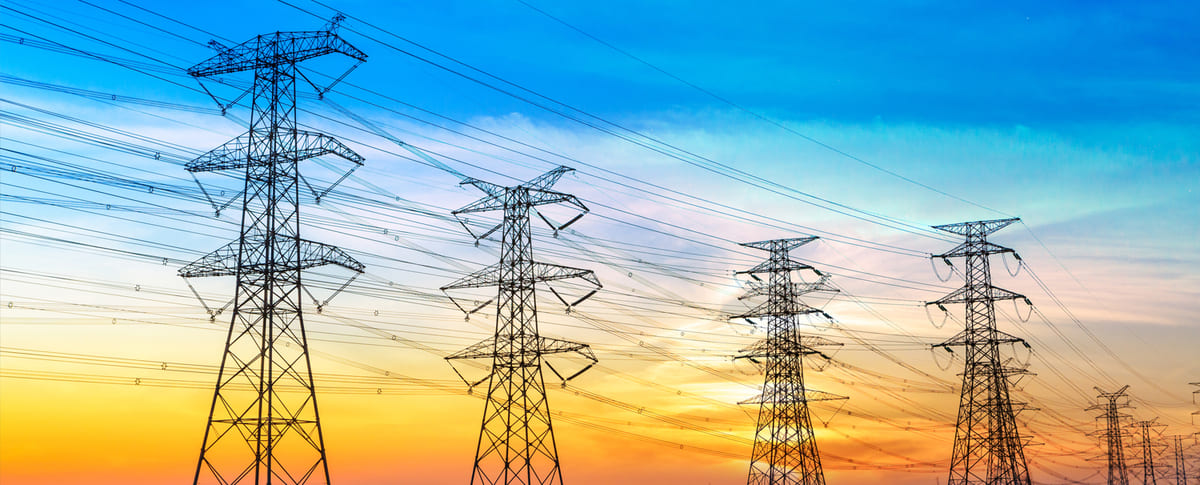
Understanding Transmission Towers: A Brief Introduction
Electric transmission towers transport massive volumes of high-voltage current, typically range between 23,000 and 765,000 volts. Transmission towers are classified as electric towers or cell phone towers....
Read More -

4 Different Varieties Of Transmission Towers With Respect To Their Applications
Transmission towers must be able to withstand severe weather conditions, including strong winds and heavy snow. In terms of their technical background, the following is a list of transmission tower types. Let's take a look at each of them one by one....
Read More

